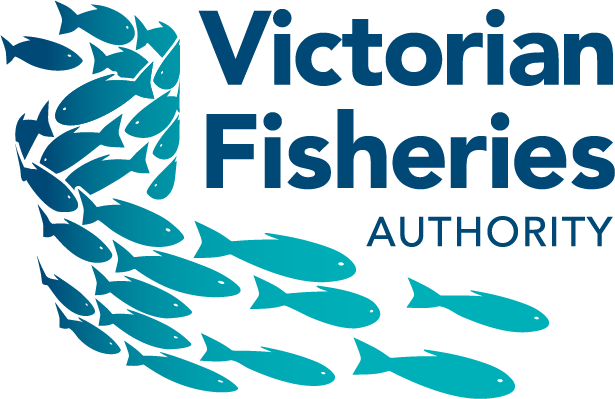Mallacoota fish death investigation
Many thousands of small dead fish – mostly juvenile leatherjackets – washed up on the beaches of far East Gippsland in late March 2017. This fact sheet summarises the investigation of these fish deaths by Victorian government agencies.
What is a fish kill?
A fish kill is a sudden and unexpected mass mortality of fish, often within a particular area.
Community concerns about fish kills often stem from an assumption that the cause is water pollution. However there are many causes of fish kills - and often they are caused by natural events.
What happened in East Gippsland?
Dead fish were noticed washing up on beaches in mid-March 2017.
Many thousands of fish continued to wash up over 2 weeks. Dead and dying fish were also seen offshore.
Beaches were affected from ~ 10km south west of Mallacoota to the NSW border.
Most of the fish were juvenile threadfin leatherjackets Arotrolepsis filicauda about 10cm long. There were also some other species in much lower numbers, including a few other fish, 3 penguins, a juvenile flatback turtle and a yellow bellied sea snake.
By early April, the fish kill had concluded:
- only a few new fish were washing ashore
- a flight along the coast on 31 March confirmed no further aggregations of dead or dying fish offshore
- the dead fish already on the beach were breaking down to skin and bones, and being covered by the sand.
What caused the fish deaths?
Three possible causes are being investigated.
1. Fish Disease
Leatherjacket samples were collected by Fisheries Officers and local community members.
The penguins had been dead for too long to be tested.
Advice on testing was provided by the Victorian government's principal veterinary officer for aquatic animal health and a veterinary pathologist.
No conclusive diagnosis about the cause of the fish deaths could be made from the pathological analysis.
There was no indication that the cause was a disease that would be infectious to humans – although it is not recommended to eat affected fish.
It is suspected that water quality or temperature may have played a role in the fish mortality event.
Further testing is now being conducted which may or may not enable a clearer diagnosis.
2. Commercial fishing by-catch
Enquiries by fisheries investigators ruled out commercial fishing as a cause, because:
- the number of fish involved were well in excess of by-catch
- dying fish were observed over a prolonged period and extensive area.
- Victorian-licensed trawlers do not operate in the area at this time of year
- the 2 Commonwealth trawl vessels that were in the area have by-catch reduction devices and use larger (100mm) mesh size
- the 'Super Trawler' Geelong Star is not currently in Australian waters.
3. A climatic event
- At this stage, a rapid drop in water temperature off Gippsland is the most likely cause:
- the East Australian current carries warm water from the north to the Gippsland coast
- satellite images show that this current has been driving upwelling of deep, very cold water to the surface in areas off Gippsland
- this is consistent with local reports of a sudden drop in water temperature
- fishers have also reported observing a 'temperature break' offshore, with 25º clear water to one side and 16 º cloudy water on the other.
- Leatherjackets do not survive this change in temperature and they can wash up in large numbers on the beach
There have been similar events involving leatherjackets in other parts of Australia.
What will happen to the dead fish?
Nature will take its course. The fish are already decomposing naturally and being buried in the sand.
Staying safe on the beach
Take care of yourself and pets on the beach until the dead fish completely decompose:
- Risks to beach-goers include walking on buried fish bones and/or spines.
- Pets or wildlife may also be injured by, or ingest, the dead fish.
Where to find more information?
Further information on currents and upwelling conditions is available at OceanCurrent news.
